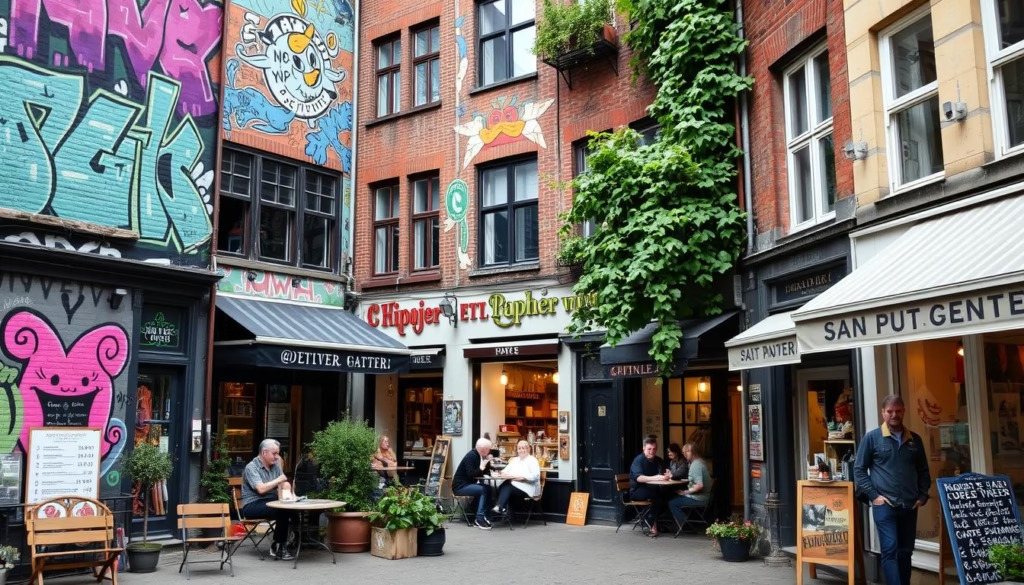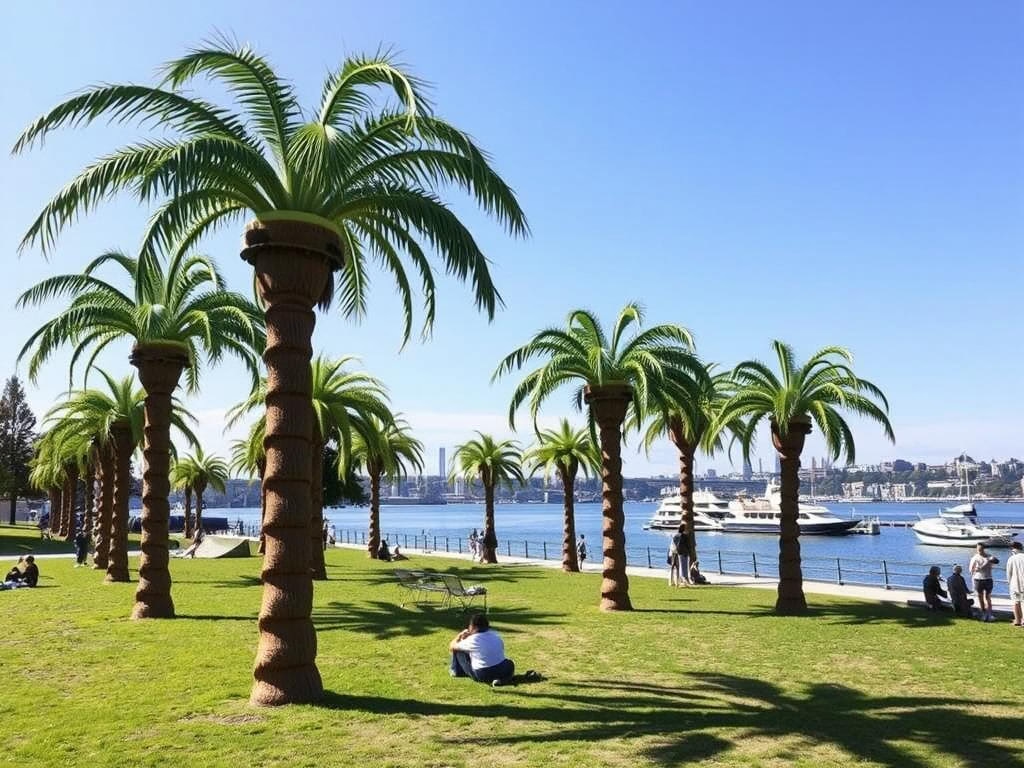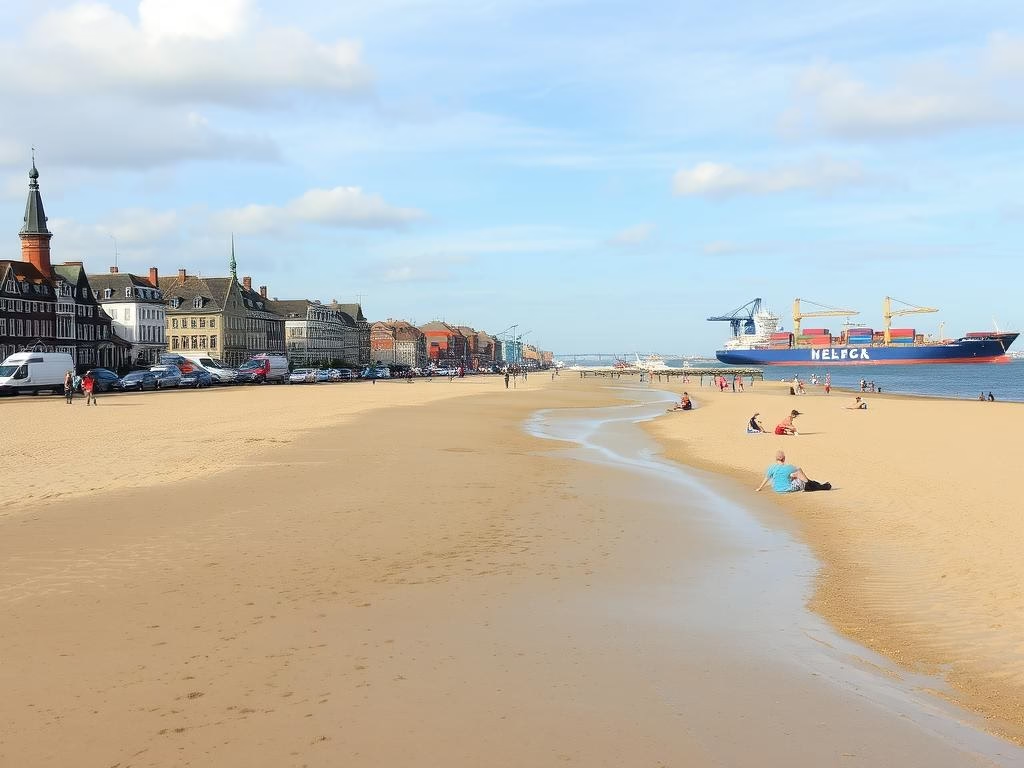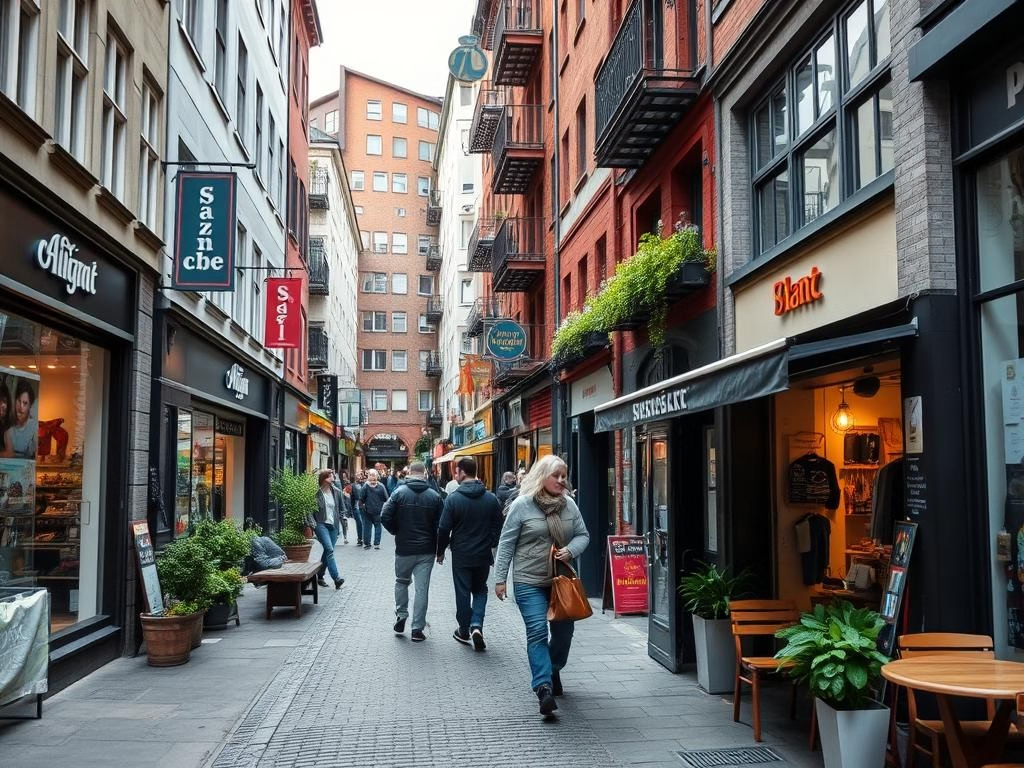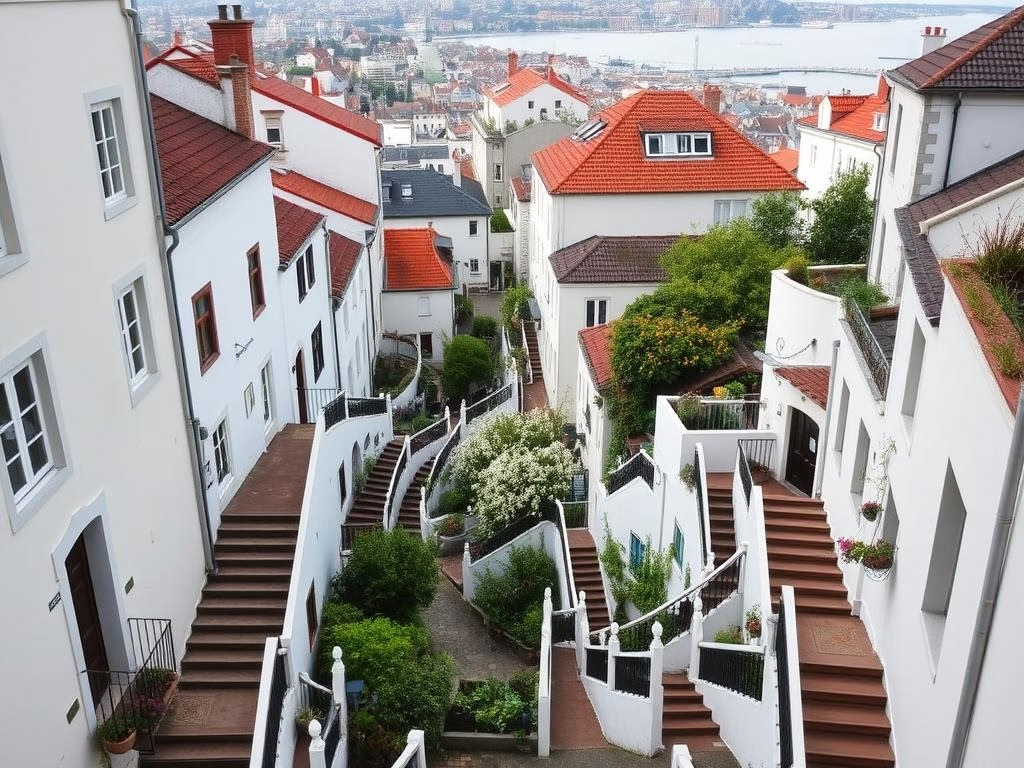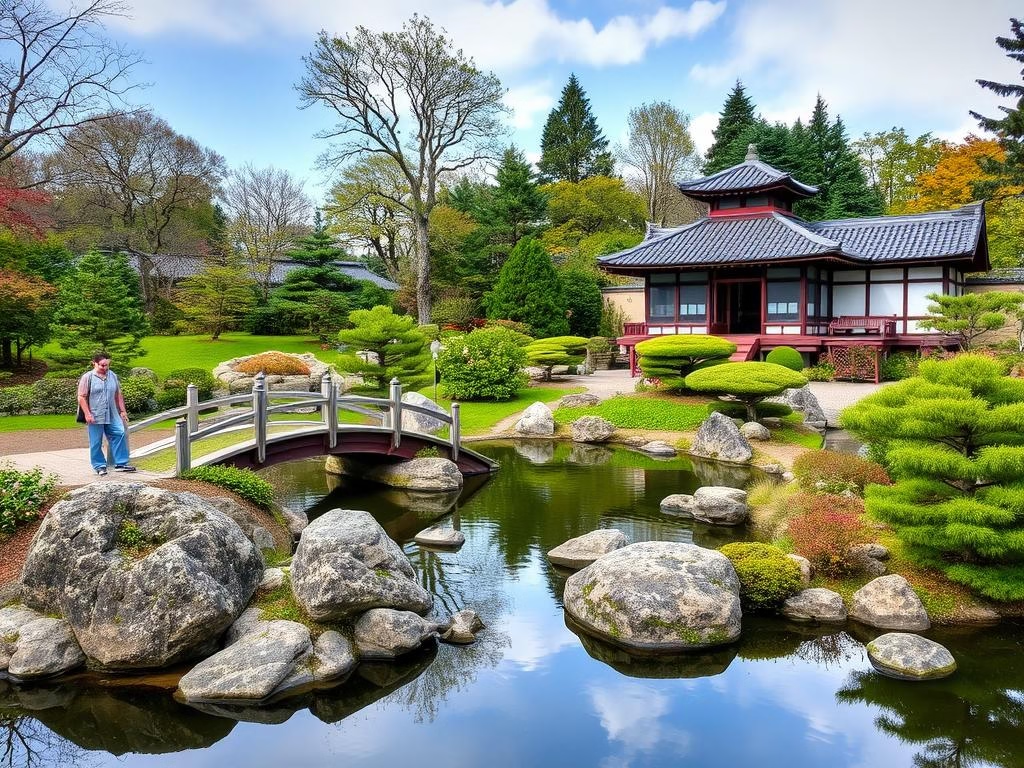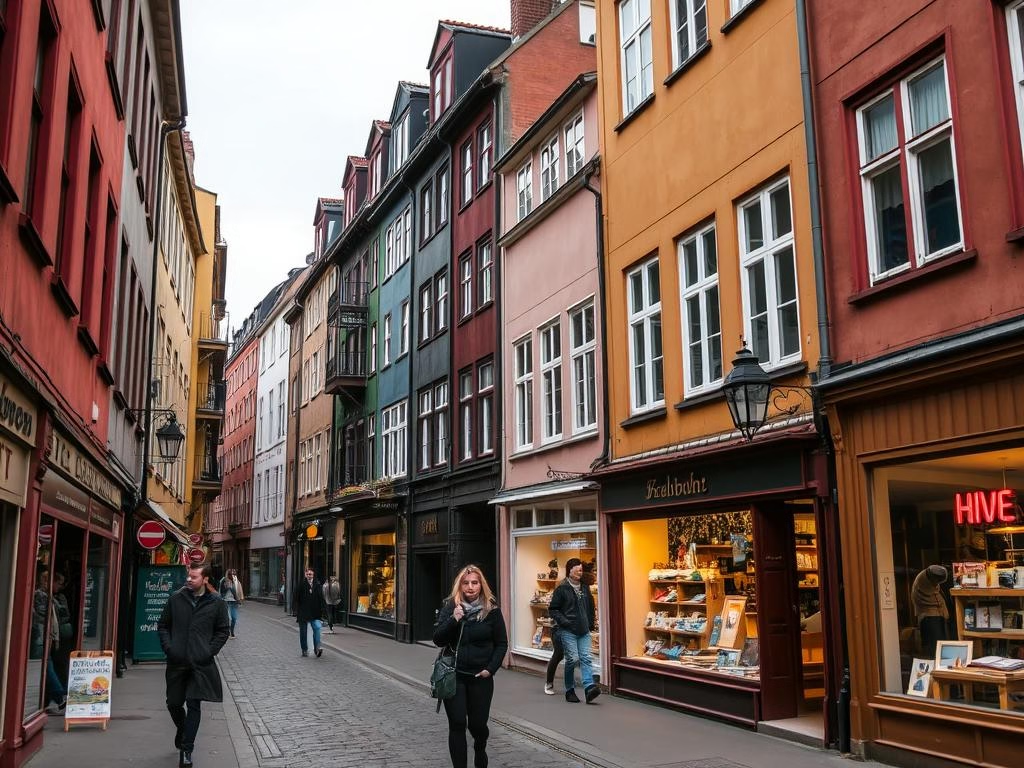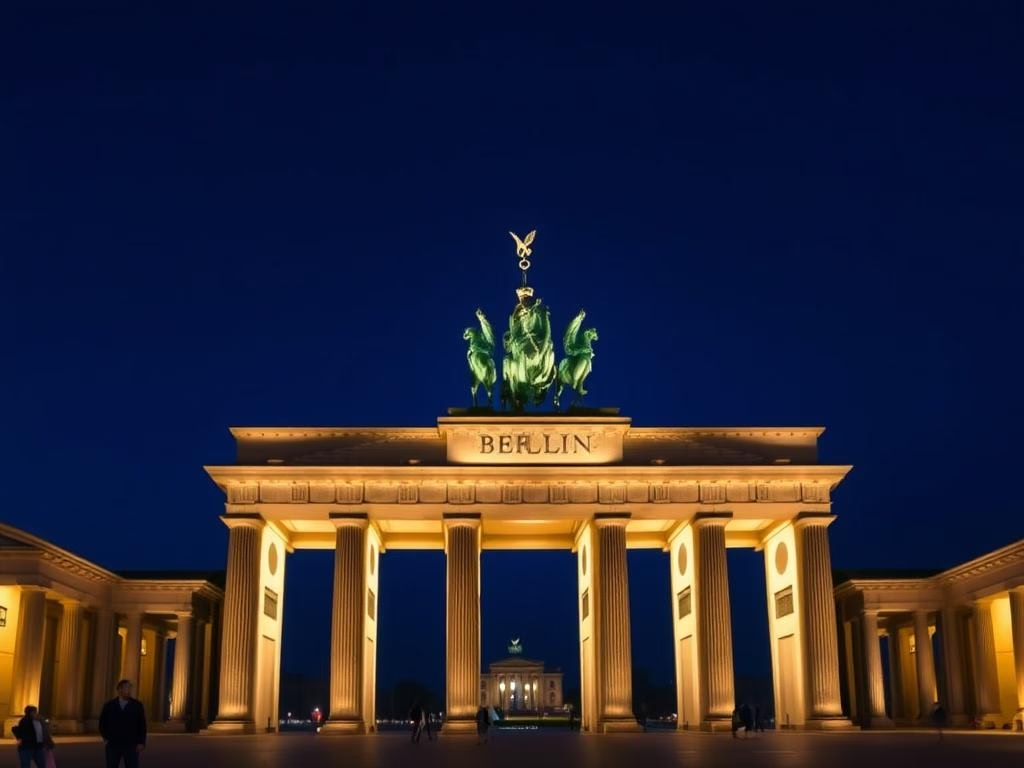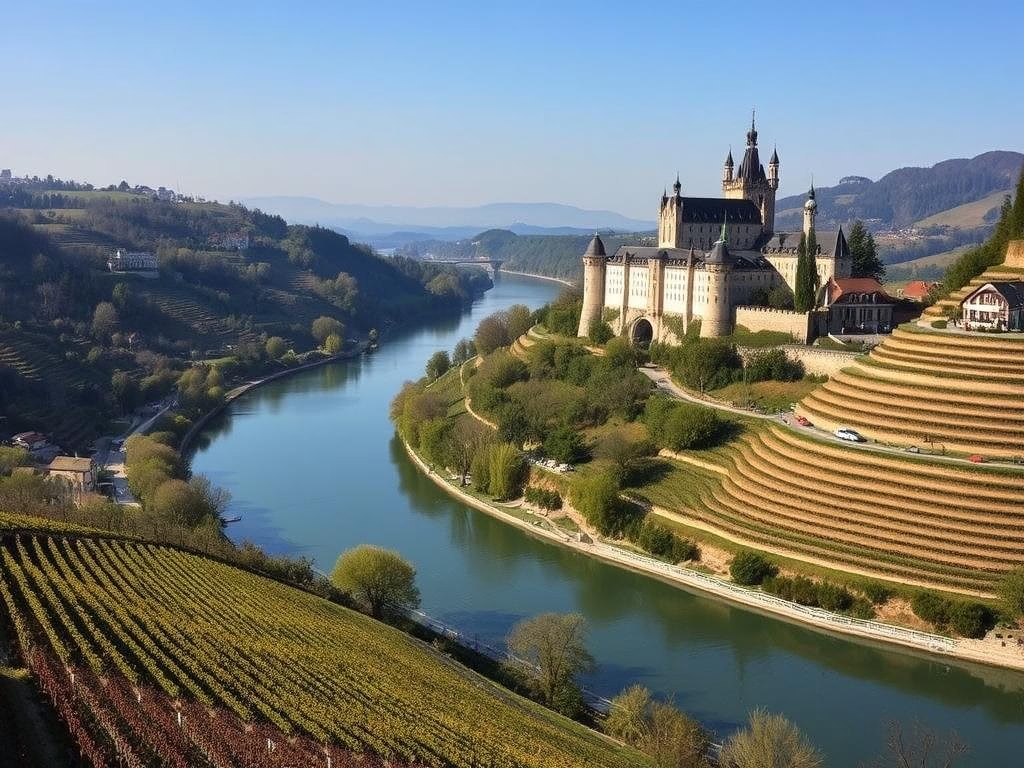Welcome to Hamburg, Germany’s magnificent port city where maritime heritage seamlessly blends with cutting-edge urban culture. As Germany’s second-largest city and one of Europe’s most vibrant destinations, Hamburg offers a perfect mix of historical charm and modern sophistication. From the iconic Elbphilharmonie concert hall to the UNESCO-listed Speicherstadt warehouse district, this Hanseatic city invites you to explore its waterways, architectural marvels, and dynamic cultural scene. Whether you’re greeting locals with a friendly “Moin” (the traditional Hamburg hello) or sampling fresh Fischbrötchen by the harbor, Hamburg promises an unforgettable northern German experience.
Hamburg’s Maritime Heritage: The Soul of the City
Hamburg’s identity is inseparably linked to water. Situated on the Elbe River with direct access to the North Sea, Hamburg has been a maritime powerhouse for over 800 years. The Port of Hamburg—affectionately called the “Gateway to the World” by locals—remains Germany’s largest seaport and the third-busiest in Europe.
The city’s maritime soul is evident everywhere you look. More than 2,500 bridges span Hamburg’s numerous canals and waterways—more than Amsterdam and Venice combined! This extensive network of waterways earned Hamburg the nickname “Venice of the North,” though locals will tell you their city has a character entirely its own.
Experience Hamburg’s Maritime Heritage
Discover the city’s fascinating seafaring history through interactive exhibits and authentic vessels at the International Maritime Museum.
Top 7 Must-Visit Attractions in Hamburg, Germany
Hamburg offers an impressive array of attractions that showcase its unique character. From architectural marvels to immersive museums, here are seven essential experiences for any visitor:

1. Miniatur Wunderland
The world’s largest model railway exhibition is a mind-blowing attraction that appeals to visitors of all ages. This isn’t just for train enthusiasts—Miniatur Wunderland features meticulously crafted miniature versions of Hamburg, the Alps, America, Scandinavia and more. The attention to detail is astonishing, with over 1,040 trains, 4,340 buildings, and 265,000 figurines. The miniature airport, with planes that actually take off and land, is particularly impressive. Allow at least 2-3 hours to fully appreciate this unique attraction.
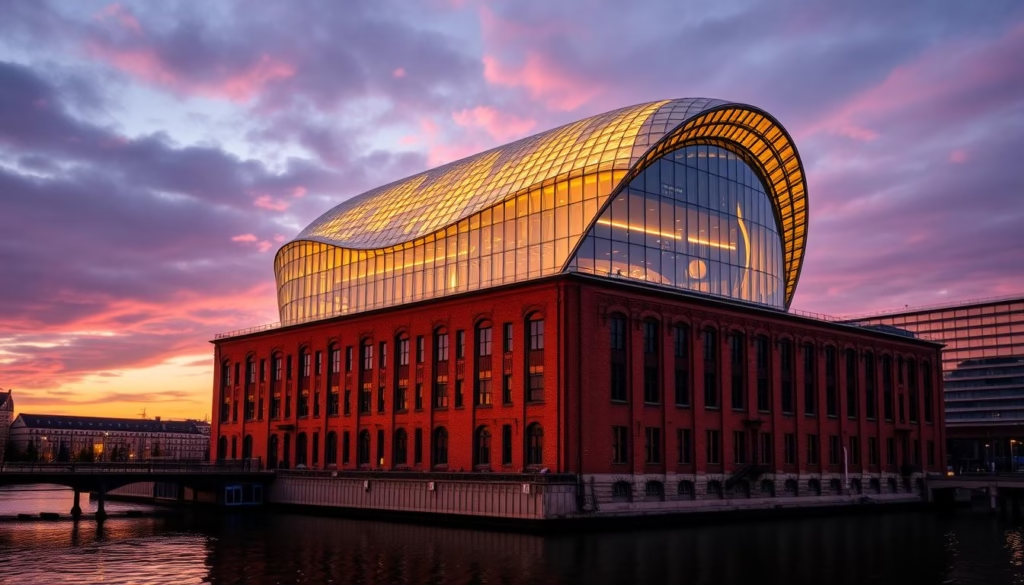
2. Elbphilharmonie (Elphi)
Hamburg’s most iconic modern landmark, the Elbphilharmonie stands proudly at the western point of HafenCity. This architectural marvel combines an old warehouse base with a stunning glass structure resembling waves or sails. While concert tickets can be hard to secure, visitors can enjoy the panoramic views from the Plaza observation deck for free (though reservations are recommended). The acoustics in the main concert hall are considered among the best in the world, making it worth trying to catch a performance if possible.
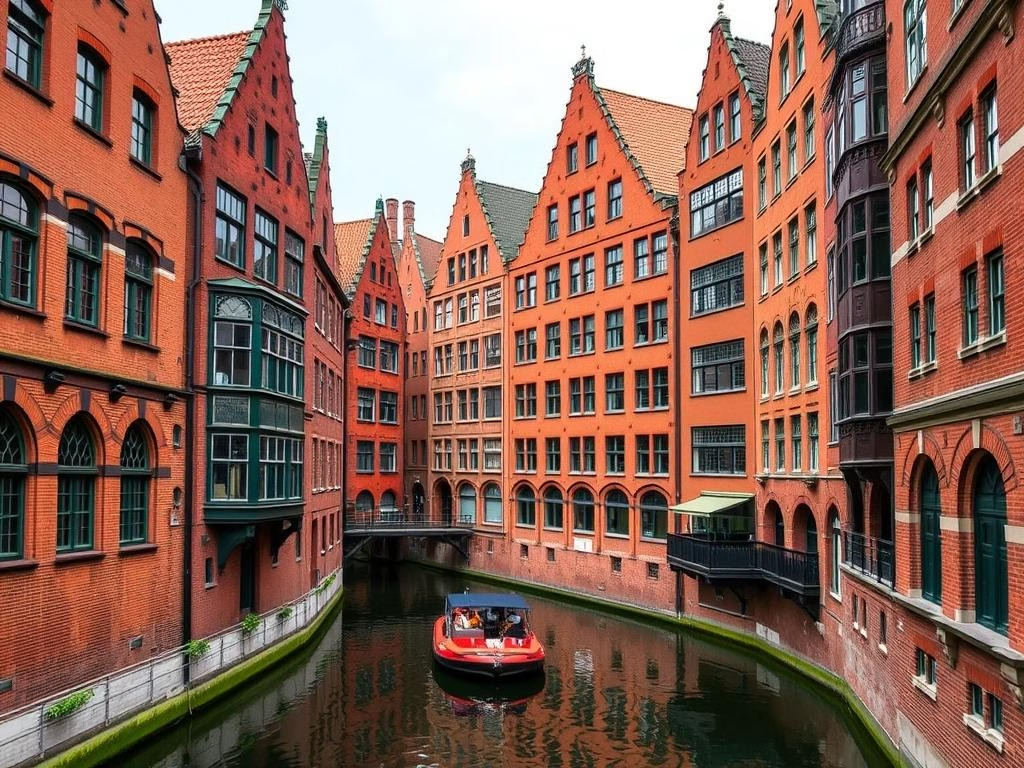
3. Speicherstadt
The world’s largest warehouse complex is a UNESCO World Heritage site and one of Hamburg’s most photogenic areas. Built between 1883 and 1927, these distinctive red-brick Gothic revival buildings stand on oak logs along a network of narrow canals. Once used to store coffee, tea, spices, and carpets, many warehouses now house museums, showrooms, and offices. The district is particularly magical at night when illuminated. Don’t miss the Speicherstadt Museum to learn about the area’s fascinating history.

4. St. Michael’s Church (Michel)
Hamburg’s most famous church is an impressive baroque building with a 132-meter copper-covered spire that has served as a landmark for sailors for centuries. Locals affectionately call it “Michel.” Climb the 453 steps to the observation deck for spectacular panoramic views of the city and harbor. The church interior is equally impressive, with seating for 2,500 people and a magnificent organ. The crypt contains the tombs of over 2,000 prominent Hamburg citizens.
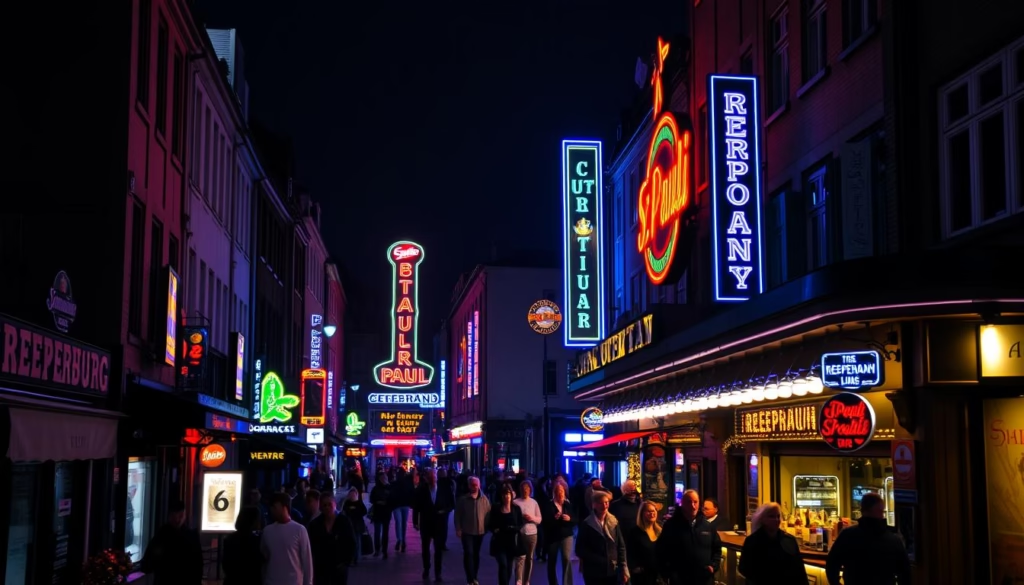
5. St. Pauli & Reeperbahn
Hamburg’s famous entertainment and red-light district has a colorful history and vibrant present. Once a rope-making area (hence the name Reeperbahn, meaning “rope walk”), it became famous as the place where The Beatles performed before becoming international stars. Today, it offers everything from theaters and music clubs to bars and adult entertainment. The district is safe to explore and has become increasingly mainstream, though certain areas remain adults-only. Visit the Beatles-Platz, shaped like a vinyl record, which commemorates the band’s connection to Hamburg.
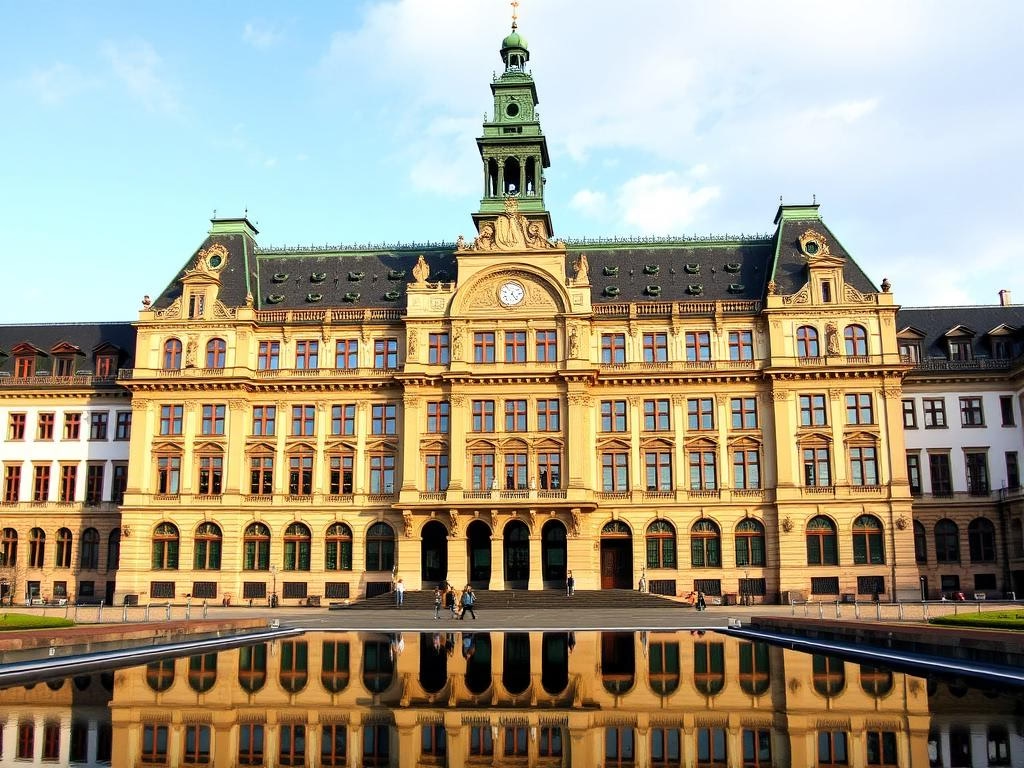
6. Hamburg Rathaus (City Hall)
Hamburg’s magnificent city hall is an impressive neo-Renaissance building completed in 1897. With 647 rooms (more than Buckingham Palace), it’s still the seat of Hamburg’s government. The richly decorated façade features statues of emperors from the Holy Roman Empire, symbolizing Hamburg’s historical status as a Free Imperial City. Guided tours take you through the lavish state rooms and explain Hamburg’s unique political system as both a city and a German state. The square in front of the Rathaus hosts seasonal markets and events throughout the year.
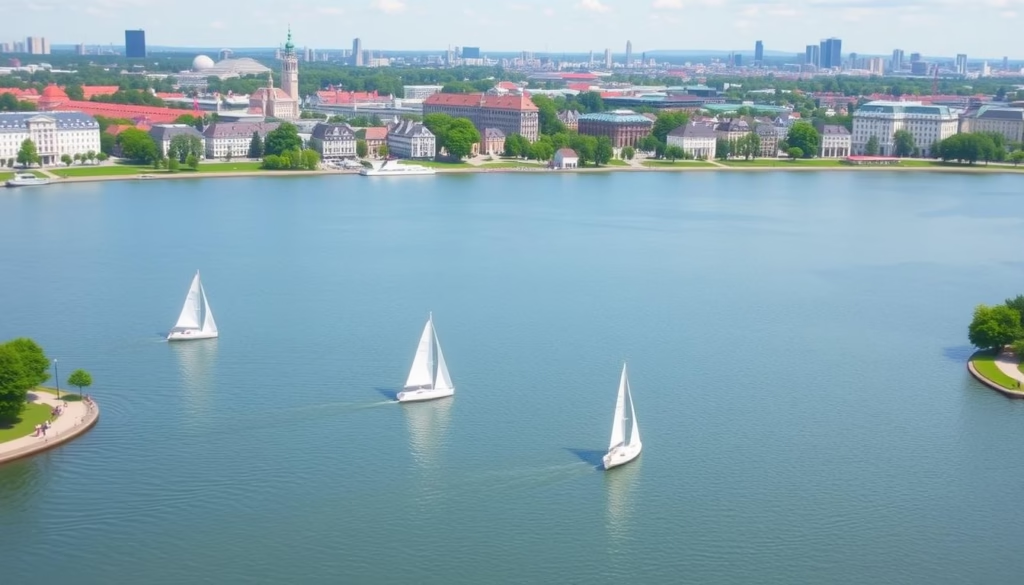
7. Alster Lakes
The Inner and Outer Alster lakes form the heart of Hamburg and provide a peaceful contrast to the bustling port. Created by damming the Alster River in the 13th century, these lakes are now popular recreational areas. Rent a paddleboat on the Inner Alster (Binnenalster) or take a cruise on the larger Outer Alster (Außenalster). The 7km path around the Outer Alster is perfect for walking or jogging. In winter, if the lakes freeze over, they transform into Germany’s largest ice skating rink.
Hamburg, Germany’s Culinary Delights: What to Eat

Hamburg’s cuisine reflects its maritime heritage and cosmopolitan character. Here are the local specialties you shouldn’t miss:
Must-Try Hamburg Specialties
- Fischbrötchen – The quintessential Hamburg street food. These simple yet delicious fish sandwiches typically feature pickled herring (Bismarck), soused herring (Matjes), or fried fish with onions, pickles, and remoulade sauce. The best places to try them are at the St. Pauli Fischmarkt or along the Landungsbrücken piers.
- Franzbrötchen – Hamburg’s beloved sweet pastry is similar to a cinnamon roll but with a distinctive flattened shape. The buttery, caramelized crust and cinnamon-sugar filling make it irresistible. Traditional bakeries like Dat Backhus or Kleine Konditorei offer authentic versions.
- Labskaus – A sailor’s dish with a distinctive pink color, Labskaus consists of corned beef, onions, potatoes, and beetroot mashed together and typically served with a fried egg, pickles, and herring. It might not look appetizing, but the flavors work surprisingly well together. Try it at traditional restaurants like Old Commercial Room or Oberhafen-Kantine.
- Hamburger Pannfisch – Despite the name, this has nothing to do with hamburgers! This traditional dish features pan-fried fish fillets (often pollock or cod) served with mustard sauce, bacon, and pan-fried potatoes. Restaurant Cox in the Altstadt serves an excellent version.
- Rote Grütze – A popular northern German dessert made from red summer berries cooked with sugar and served with vanilla sauce or cream. It’s refreshing and not too sweet—perfect after a hearty meal.
- Alsterwasser – Named after Hamburg’s Alster lake, this refreshing drink is a 50/50 mix of beer and lemon soda. It’s the perfect light beverage on a warm day while exploring the city.
Discover Hamburg’s Culinary Scene
From traditional sailor’s fare to international cuisine, Hamburg offers something for every palate.
Seasonal Guide to Hamburg, Germany: When to Visit

Hamburg is a year-round destination with each season offering unique experiences. Here’s what to expect throughout the year:
Spring (March-May)
As temperatures rise and cherry blossoms appear, Hamburg awakens from winter. Parks and gardens burst with color, and outdoor cafés set up their terraces. The Hamburg Port Anniversary (Hafengeburtstag) in early May is one of the city’s biggest events, celebrating the port’s birthday with ship parades, fireworks, and festivities along the waterfront.
Spring Highlights:
- Cherry blossom viewing in Alsterpark
- Hamburg Marathon (April)
- Hafengeburtstag (Port Anniversary) in May
- Fewer tourists than summer months
Summer (June-August)
Hamburg’s most popular season brings warm temperatures (typically 20-25°C/68-77°F) and long daylight hours. The city embraces outdoor living with beach clubs along the Elbe, open-air concerts, and bustling street cafés. The Alster Lake becomes a hub for sailing, paddleboarding, and kayaking. Summer is also festival season, with events like MS Dockville and Elbjazz showcasing music and culture.
Summer Highlights:
- Alster Lake boat rentals and cruises
- Beach clubs along the Elbe
- Summer DOM funfair (July-August)
- Outdoor cinema screenings
Autumn (September-November)
As summer crowds thin out, Hamburg takes on a golden hue. The city parks offer beautiful fall foliage, and cultural life moves indoors with theater premieres and museum exhibitions. The Reeperbahn Festival in September brings international music acts to venues across St. Pauli. Weather can be unpredictable, so pack layers and rain gear.
Autumn Highlights:
- Reeperbahn Festival (September)
- Hamburg Film Festival (September/October)
- Autumn DOM funfair (November)
- Beautiful fall colors in Planten un Blomen park
Winter (December-February)
Hamburg transforms into a winter wonderland with Christmas markets illuminating the city from late November through December. The market in front of the Rathaus is particularly magical. January and February can be cold (averaging 0-5°C/32-41°F) and dark, but museums, concert halls, and cozy cafés offer plenty of indoor activities. If the Alster freezes over (which happens rarely), locals flock to the lake for ice skating.
Winter Highlights:
- Christmas markets (late November-December)
- New Year’s fireworks at the harbor
- Winter DOM funfair (January)
- Ice skating at Planten un Blomen (weather permitting)
Plan Your Seasonal Visit to Hamburg
Whether you’re looking for summer festivals or winter markets, Hamburg offers year-round attractions.
Getting Around Hamburg, Germany: Transportation Guide
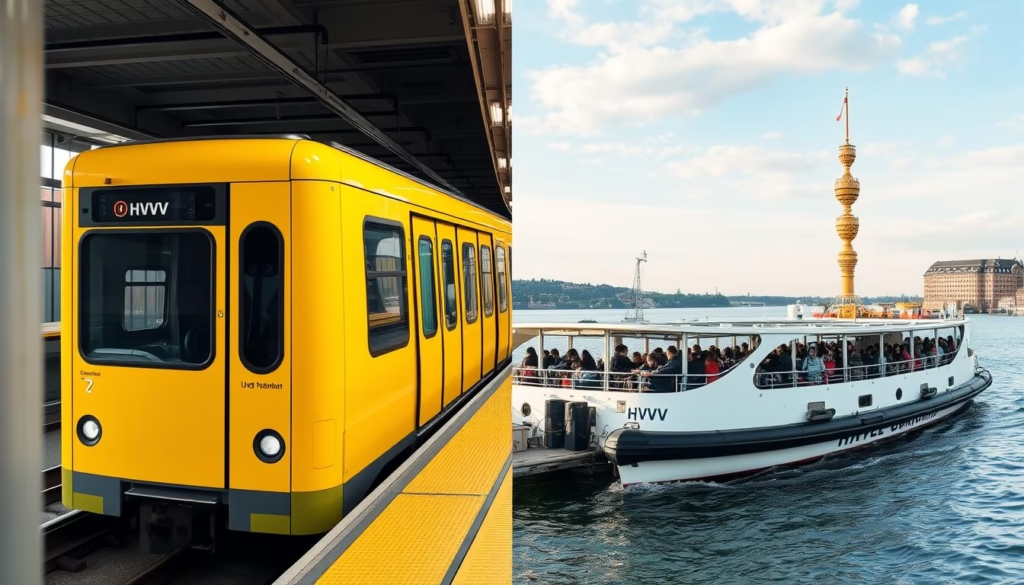
Hamburg boasts one of Germany’s best public transportation systems, making it easy to explore the city without a car. The Hamburger Verkehrsverbund (HVV) operates an integrated network of U-Bahn (subway), S-Bahn (suburban rail), buses, and ferries.
Public Transportation Options
- U-Bahn and S-Bahn – Hamburg’s rail network is efficient, clean, and extensive. The U-Bahn (underground) has four lines covering the central city, while the S-Bahn (suburban rail) connects outlying areas. Trains run frequently from early morning until around midnight, with 24-hour service on weekends.
- Buses – An extensive bus network fills the gaps between rail lines. The MetroBus routes (numbered 1-29) are particularly useful for tourists, running every 10 minutes during the day.
- Harbor Ferries – Perhaps the most scenic way to travel in Hamburg, the public ferries on the Elbe are fully integrated into the HVV system. Ferry 62 from Landungsbrücken to Finkenwerder offers fantastic harbor views and is popular with tourists as an inexpensive harbor cruise alternative.
- StadtRAD Bike Sharing – With over 250 stations across the city, Hamburg’s bike-sharing system is an excellent option for exploring. The first 30 minutes are free after registration, making short trips very economical.
- Taxis and Ride-Sharing – Taxis are readily available but relatively expensive. Ride-sharing services like Uber and FREE NOW (formerly mytaxi) operate throughout the city.
Tickets and Passes
| Ticket Type | Duration | Coverage | Best For | Approximate Price |
| Single Ticket | 1 trip (up to 2 hours) | Zones AB (central Hamburg) | One-way journeys | €3.50 |
| Day Ticket | All day until 6am next day | Zones AB | Multiple journeys in one day | €8.50 |
| Group Day Ticket | All day until 6am next day | Zones AB | Groups up to 5 people | €17.80 |
| Hamburg CARD | 1-5 days | All zones + discounts on attractions | Tourists visiting attractions | From €11.50 |
| 9-Euro Ticket | All day until 6am next day | Zones AB after 9am (all day weekends) | Late starters, flexible schedule | €6.90 |
Pro Tip: The Hamburg CARD offers unlimited public transportation plus discounts of up to 50% on major attractions, harbor cruises, and selected restaurants. It’s available for 1-5 days and is usually a good value if you plan to visit several attractions.
Navigate Hamburg with Ease
Download the HVV app for real-time schedules, route planning, and mobile tickets.
Practical Tips for Visiting Hamburg, Germany
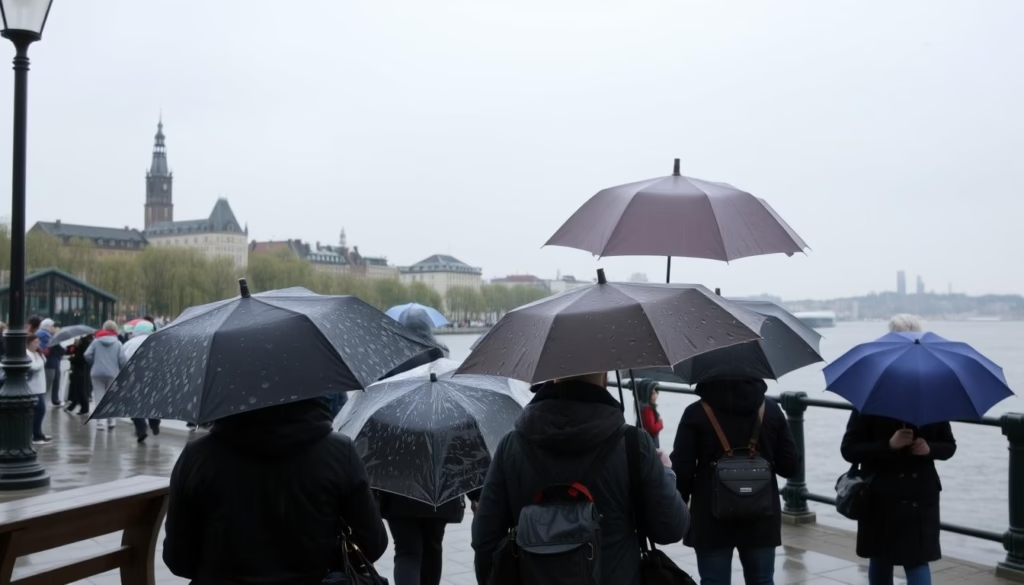
Weather and What to Pack
Hamburg’s weather is notoriously changeable, with locals joking, “If you don’t like the weather, wait 10 minutes.” The maritime climate means rain is possible year-round, with the wettest months being July and August. Always pack:
- A waterproof jacket or umbrella (essential in all seasons)
- Layers for temperature fluctuations
- Comfortable walking shoes (Hamburg is best explored on foot)
- Sunglasses and sunscreen for summer months
Language
While German is the official language, English is widely spoken in tourist areas, hotels, and restaurants. Learning a few basic German phrases will be appreciated:
- Moin – The typical Hamburg greeting, used any time of day
- Danke – Thank you
- Bitte – Please/You’re welcome
- Entschuldigung – Excuse me
- Sprechen Sie Englisch? – Do you speak English?
Safety
Hamburg is generally a safe city for tourists. As in any major city, take normal precautions:
- Be aware of your surroundings, especially in crowded areas
- Keep valuables secure and be cautious with bags in busy places
- The St. Pauli and Reeperbahn areas are safe to explore but remain alert late at night
- Use licensed taxis or official ride-sharing apps, especially after dark
Money and Payments
Germany still uses cash more frequently than many other European countries:
- Always carry some cash, as smaller establishments may not accept cards
- Credit cards are widely accepted at hotels and larger restaurants
- ATMs (Geldautomat) are readily available throughout the city
- Tipping is customary (usually 5-10% in restaurants)
Hamburg Card: Consider purchasing the Hamburg Card for unlimited public transportation and discounts on major attractions. Available for 1-5 days, it can save money if you plan to use public transport and visit several museums or take a harbor cruise.
Experience the Magic of Hamburg, Germany

Hamburg defies easy categorization. It’s a city where maritime tradition meets cutting-edge architecture, where elegant Alster mansions stand not far from alternative cultural spaces, and where the bustling port coexists with peaceful green parks. This blend of contrasts creates Hamburg’s unique character—sophisticated yet unpretentious, historic yet forward-looking.
Whether you’re exploring the UNESCO-listed Speicherstadt, enjoying the vibrant nightlife of St. Pauli, or simply watching the ships come and go with a Fischbrötchen in hand, Hamburg offers experiences that appeal to all types of travelers. The city’s famous “gateway to the world” motto reflects not just its port history but also its open, international spirit.
As locals might say with typical Hamburg understatement: “It’s quite nice here” (“Ganz nett hier”)—perhaps the biggest compliment a reserved Hamburger will give. But beneath this modesty lies immense pride in their beautiful, dynamic city. Come discover why Hamburg consistently ranks among Germany’s most livable and lovable cities.
Plan Your Hamburg Adventure
Ready to experience Hamburg’s maritime magic and urban cool? Start planning your perfect trip today.
